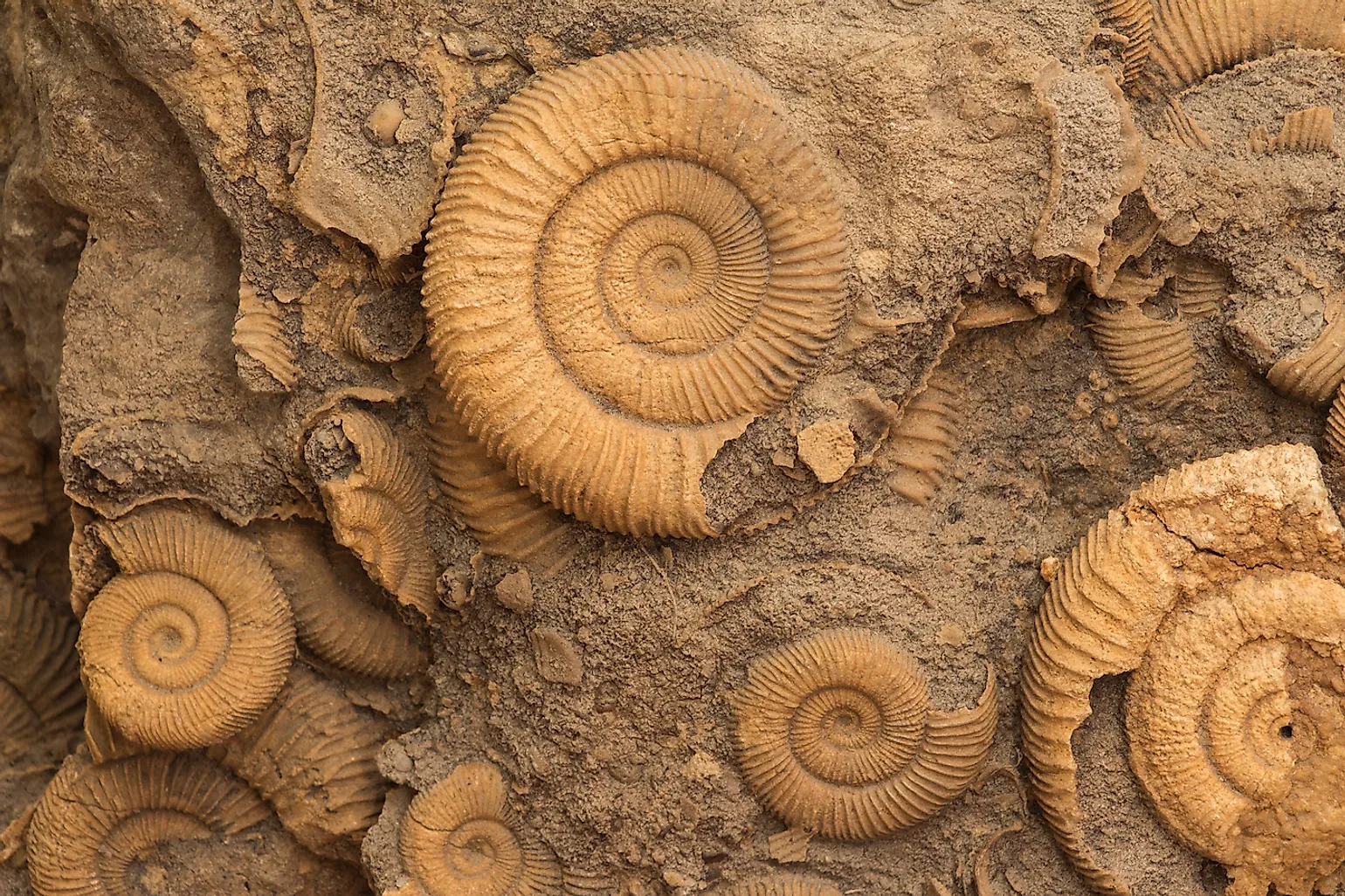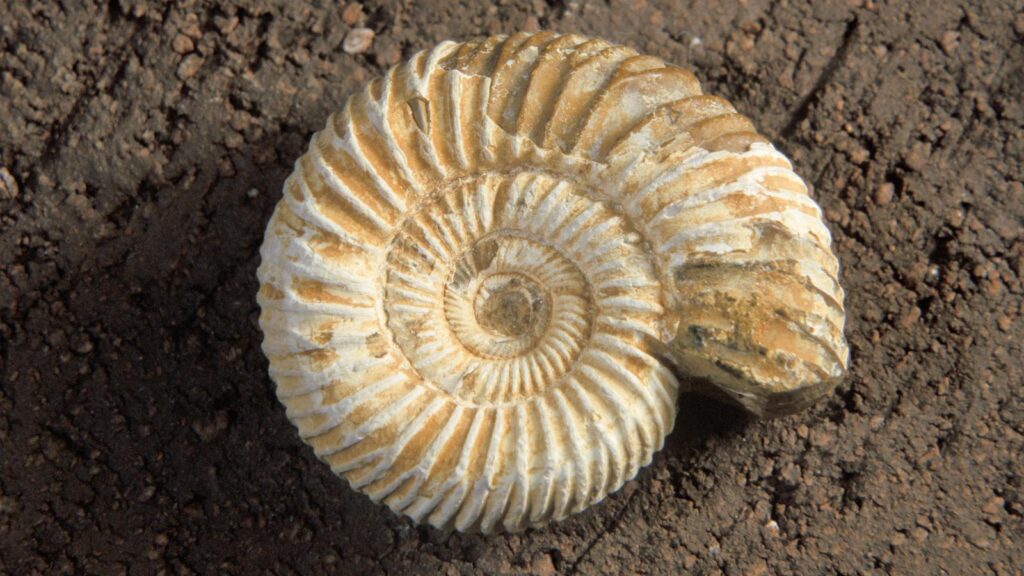It is the beauty of the fossils, as they can provide man with very vital information on life on Earth eons ago about life. They make us understand the way species evolve, adapt, and go extinct over millions of years. In this paleontology, works are very important in finding out the time of those remains. Scientists have devised various methods of dating fossils; each has its merits and limitations. These methods in general can be segregated into relative dating and absolute dating techniques. They allow to establish comprehensively correct and precise timeline of life on Earth.
Relative Dating
Is a technique which places any fossil in chronological order without giving an exact age. All these techniques rely upon the context in which the fossils have been found.
Stratigraphy
Stratigraphy is the branch of geology that deals with the study of strata, rock layers, and relations of rock. It is based on the law of superposition: within layers of undisturbed sedimentary rocks, the lowest layer is the oldest, while the topmost layer is the youngest. Hence, knowledge of the succession of rock layers will provide knowledge of the relative ages of the embedded fossils.
Index Fossils Some fossils, called index fossils are used as markers of time and are employed to define and determine geologic periods. These are fossils of species that: a) were widespread, but b) existed only for a relatively short period of time. This fact allows the relative age of the rock layer in which it is found to be determined by the presence of the index fossil.
Biostratigraphy
Biostratigraphy, on the other hand, is that part of stratigraphy relying essentially on the presence of specific fossil species for the correlation and dating of rock layers. By comparing the components of the fossils in the various layers, their relative age can be inferred. This is highly effective in correlating rock layers across various regions.
Absolute Dating
Absolute dating techniques give the age of the fossils or rocks in years. The methods determine how long radioactive isotopes decay at a stated rate, often in the materials themselves.
Radiometric Dating
Radiometric dating is one of the means to detect the absolute age of the fossils and rocks. Well, radiometric dating is described as a procedure of radioactive decay whereby unstable isotopes break down at a predictable constant rate known as half-life into stable ones.
Carbon-14 Dating: An organic material made of bone, wood, or shell is dated with carbon-14, up to about 50,000 years old. All living organisms are constantly growing and taking C from the atmosphere. They stop consuming C-14 when they die, and the consumed C-14 begins to decay into nitrogen-14 at a known rate. The remaining C-14 in the sample allows determination of its age by measurement.
Potassium-Argon (K-Ar) Dating: It is applicable for dating volcanic rocks and ash layers older than 100,000 years. After quite some time, potassium-40 decays to argon-40. This means that through the ratio of K-40 to that of Ar-40 in the test sample, the age of a rock is set out. It is very effective in dating the layers above or below a fossil, thus indirectly providing an age for the fossil itself.
Uranium-Lead (U-Pb) Dating: Uranium-238 decays into lead-206 within billions of years. It delivers an age for some of the oldest rocks on Earth and also for those containing the earliest fossils. It does this by dating zircon crystals in the rocks, which normally incorporate uranium but exclude lead as they form. Therefore, by knowing the analysis on these zircon crystals in the rocks, their age can be known, as well as any possible fossils present within them.
Thermoluminescence Dating
Thermoluminescence dating Thermoluminescence dating measures the amount of electrons trapped in minerals as a function of natural radiation exposure time. Electrons so trapped emerge as light on heating. The time elapsed since the last time the minerals were heated is determined by measuring the light emitted. It helps date ceramics, sediments, and burnt flints up to several hundred thousand years old.
Other Dating Methods
Besides radiometric and thermoluminescence dating, other methods are used to date fossils, or the rocks that contain them.
Dendrochronology
Dendrochronology, or tree-ring dating, is a technique of counting and analyzing rings of growth in trees. Since each ring represents a year’s worth of growth, dating of wooden artifacts and correlation of events to environmental occurrences through time can be determined. While dendrochronology doesn’t directly date fossils, it does provide absolute dating for archaeological sites and can be used to calibrate radiocarbon dating.
Amino Acid Racemization
Amino acid racemization is the technique in which the transformation rate of some amino acids from their natural L-form into the mirror-image D-form is used in dating fossils. The ratio of the L- to D-forms then defines the age for both older than 1,000 and younger than 1,000,000-year-old fossils. This, though, ultimately would be applied for a cross-check of age with other methods of dating.
Calibration and Cross-Verification
One can establish the accuracy of fossil dating by dealing with a combination of methods and cross-checking the results. This is easily noted in examples like radiocarbon dates, calibrated against dendrochronology, and stratigraphic positions confirmed by radiometric dates. This multimethod approach thus yields an Earth history timeline that is more safe and precise.
Significance of Dating Fossils
Dating of fossils is very instrumental in understanding the history of life on Earth. Proper dating of such physical remains of plants and animals will let scientists do the following:
- Reconstruction of Evolutionary Lineages: Dating of the fossils enables scientists to recognize a course of evolution for every species. Now, important evolutionary changes can actually be traced along with the real time frame when these changes took place. All this information contributes toward knowing the origin and diversification of life forms.
- Climatic and Environmental Changes: Much can be learned about ancient environments and climates from fossils. Dating the fossils will correlate changes in the fossil record with the major geological and climatic events, bringing out how life on Earth has reacted over time to environmental changes.
- Extinction Events: If it is known how old the fossils are, it can help scientists identify mass extinction events like the extinction of the dinosaurs and study them. This would, in turn, contribute to the proper understanding of their causes, consequences, and course of evolution.
- Conservation Efforts: Information derived from research of fossil records of historic biodiversity and extinction patterns can fill the gaps in the current conservation efforts. If the scientist knows which species were able to survive or were prey to historic flip-flops, it can be used today to devise plans for protection of a species under threat.
Conclusion
Also read: What are stem cells and why do they matter?
The method for the determination of the age of a fossil skeleton is a synthesis of various relative and absolute techniques. Abundant tools are now at hand in the attempt to piece together life on earth, beginning from stratigraphy and biostratigraphy, through new and improved radiometric techniques, to the even newer ones like amino acid racemization. Fossil dating delivers knowledge of evolutionary processes and environmental changes but also about how life managed to persist and adapt throughout the ages. The better the dating refinement tools that get developed, the better paleontologists will become at fine-tuning their timeline of the record of life on Earth and giving significant insight into the dynamic history of our planet.
Other Sources: SciTech






